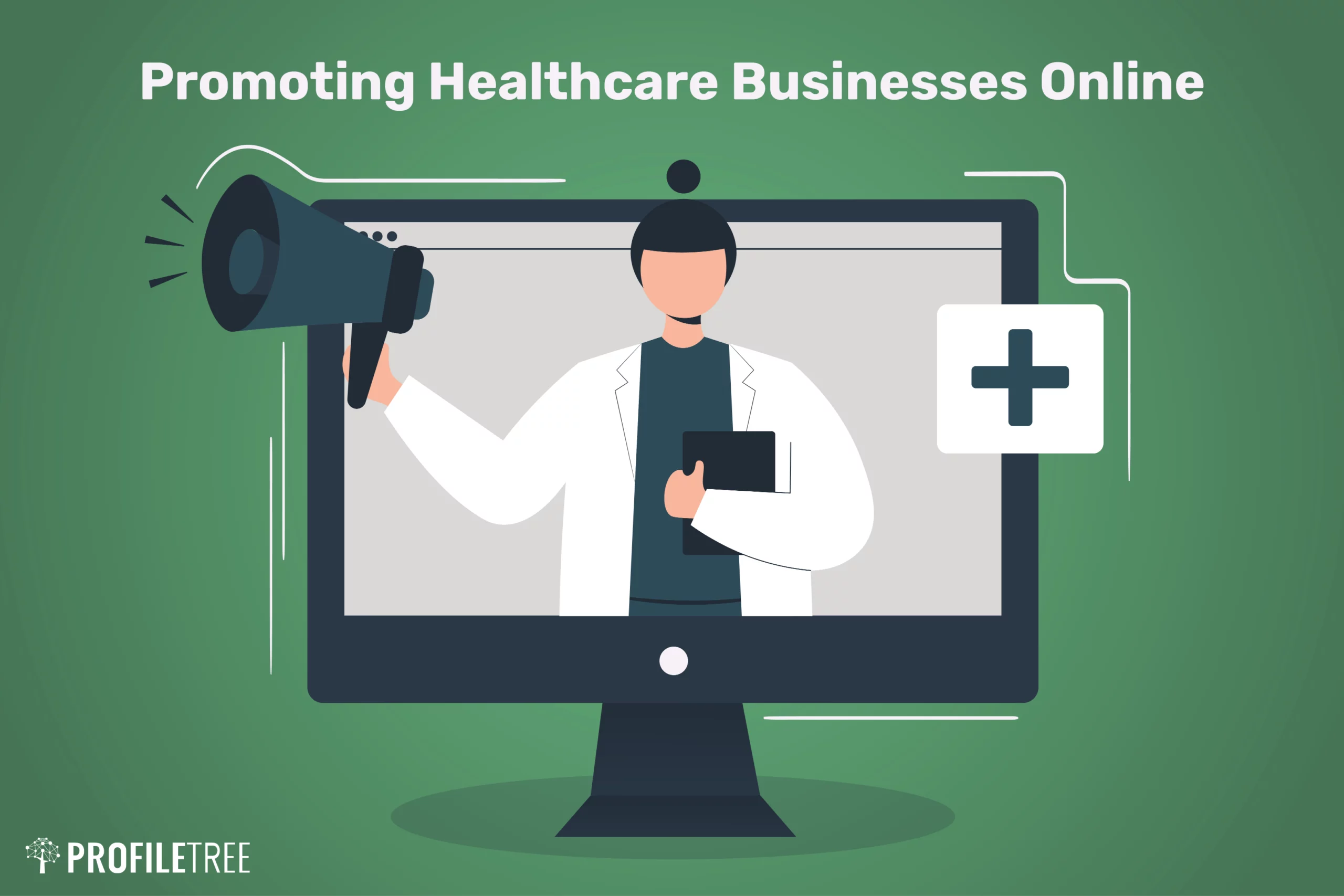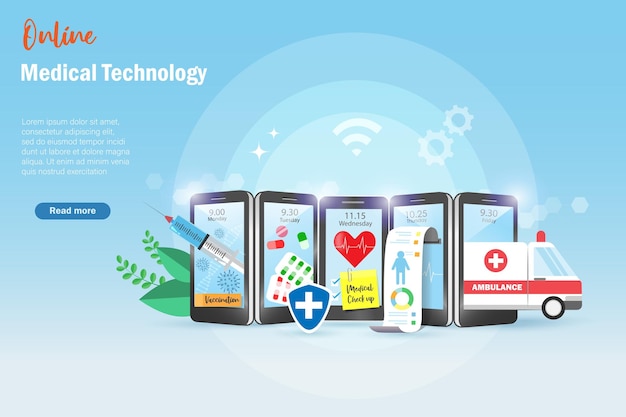Unlocking the Secrets of Subscription Based Healthcare for Better Patient Outcomes
Unlocking the Secrets of Subscription Based Healthcare for Better Patient Outcomes
Blog Article
The Rise of Subscription-Based Health Care and Its Effect on Individual Care
As healthcare advances, the subscription-based version is gaining grip, promising to reinvent client care by supplying predictability and availability. These models, which bypass standard insurance, can redefine the patient-doctor dynamic, emphasizing precautionary and personalized care. Yet, similar to any innovation, they provide difficulties, particularly worrying equitable gain access to for all socioeconomic teams. The capacity for these versions to reshape health care distribution raises pushing inquiries concerning their long-lasting sustainability and inclusivity. Are these registration solutions the future of healthcare, or do they run the risk of leaving prone populaces behind? The details of this change warrant a better assessment.
Recognizing Registration Health Care Models
Grasping the concept of membership health care versions entails analyzing a transformative strategy to medical services that highlights affordability and accessibility. These designs, usually referred to as direct medical care (DPC) or attendant medicine, have actually emerged as ingenious options to conventional fee-for-service healthcare systems. Subscription healthcare allows people to pay a fixed monthly or annual cost for a specified collection of clinical services, which may include endless workplace sees, regular examinations, and basic laboratory examinations, without the demand for typical insurance coverage billing.
The structure of subscription medical care versions is developed to simplify patient care by eliminating third-party payers and complicated payment codes, thereby decreasing management burdens. Doctor can concentrate a lot more on client treatment, fostering more powerful patient-provider partnerships. This design also advertises preventative care by encouraging regular check outs, as the financial challenge of per-visit charges is gotten rid of.
The registration model commonly equips doctor to handle smaller client panels, enabling for more tailored care. It lines up economic motivations with individual health and wellness end results, as providers are motivated to preserve individual contentment and well-being. Overall, understanding subscription healthcare designs calls for acknowledging their possible to improve how treatment is delivered and accessed.
Benefits for Suppliers and people

With a steady revenue stream, health care professionals can devote more time to each individual, leading to a more thorough and customized care experience. The emphasis on precautionary care within subscription strategies can lead to far better individual results and decreased lasting health care expenses.
Difficulties and Issues
While subscription-based medical care versions existing countless benefits, they likewise come with a set of difficulties and problems that have to be resolved. This increases honest questions about equitable accessibility to healthcare solutions.
Financial sustainability of subscription-based designs is one more problem. Service providers have to balance the fixed earnings from subscriptions with the variable costs of healthcare solutions, which might rise and fall due to unexpected medical needs. This can produce pressure to limit services or boost costs, potentially influencing individual fulfillment and care quality.
In addition, regulatory oversight of subscription-based medical care designs is still evolving. The lack of standard structures can result in irregular solution high quality and Home Page accountability, making complex efforts to make sure person security. The combination of innovation-- often a foundation of these versions-- elevates concerns about data personal privacy and safety and security, as delicate individual details could be susceptible to violations. Dealing with these obstacles is crucial for the fair and successful implementation of subscription-based health care.
Effect On Patient-Doctor Relationships
One substantial effect of subscription-based medical care designs on patient-doctor partnerships is the capacity for enhanced continuity and personalized treatment. By taking on a subscription design, doctors can manage a smaller sized individual panel, permitting even more committed time with each individual. This increased schedule promotes a much deeper understanding of a patient's case history, way of life, and preferences, enabling extra customized therapy strategies and treatments.

However, it is essential to acknowledge that while subscription-based versions might benefit those who can afford them, they might inadvertently widen health care variations. Patients that are not able to take part in these designs may experience lower access to customized care, possibly influencing their partnerships with doctor. Thus, while the membership design provides encouraging advantages for patient-doctor connections, it additionally positions obstacles that require to be addressed to ensure fair health care accessibility.
Future of Medical Care Accessibility

The role of modern technology can not be forgotten in this transformation. Telemedicine systems and electronic wellness records facilitate seamless interaction between clients and medical care providers, damaging down geographical and logistical obstacles. Furthermore, advancements in synthetic intelligence and information analytics can further customize treatment by forecasting person needs and enhancing therapy strategies.
Nevertheless, the future of healthcare accessibility additionally provides obstacles, such as ensuring equity across various socio-economic teams. Policymakers and doctor have to work together to connect the electronic divide, ensuring that subscription-based models stay budget-friendly and comprehensive. As these systems grow, they hold the pledge of making healthcare much more accessible, efficient, and patient-centric.
Verdict
Subscription-based healthcare versions are improving individual treatment by supplying a secure cost framework and improving accessibility. These designs strengthen patient-provider relationships through personalized treatment and normal check outs, highlighting preventative wellness. Regardless of these advantages, obstacles such as ease of access concerns for low-income populations and the need for fair healthcare services linger. The rise this content of subscription-based healthcare encourages aggressive patient involvement, which has the possible to enhance client end results and fulfillment, indicating a transformative shift in health care delivery.
As medical care develops, the subscription-based version is obtaining traction, assuring to change patient care by providing predictability and ease of access.Subscription-based healthcare versions offer unique benefits for both providers and clients, enhancing the overall healthcare experience.As health care systems develop, the future of health care accessibility regularly pivots on the assimilation of cutting-edge models and technologies.Subscription-based healthcare designs are improving patient care by giving a steady cost structure and improving availability. The surge of subscription-based healthcare urges aggressive person engagement, which has the possible to enhance individual end results and contentment, signaling a transformative shift in healthcare shipment.
Report this page